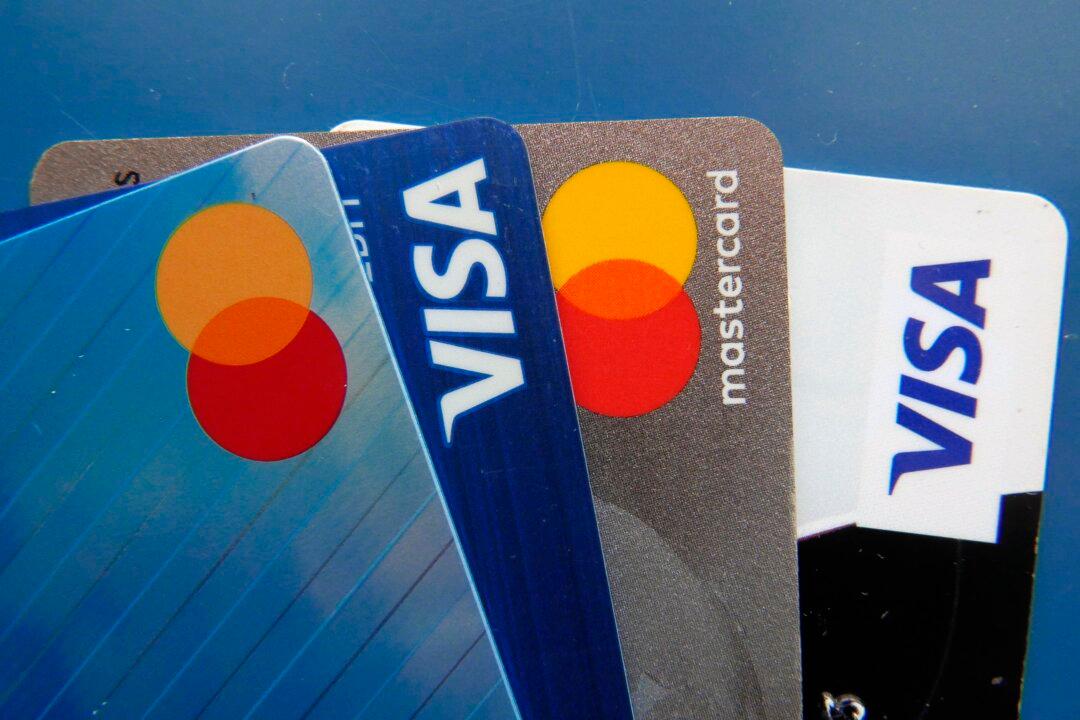Household debt in the United States increased in the first quarter of 2022, reaching $15.84 trillion despite rising inflation and interest rates, according to a report on Household Debt and Credit published by the Federal Reserve Bank of New York.
The report shows that household debt levels have exceeded pre-recession peaks in all categories except for home mortgages. Non-housing debt, which includes consumer debt and student loans, has increased the most since 2007.





